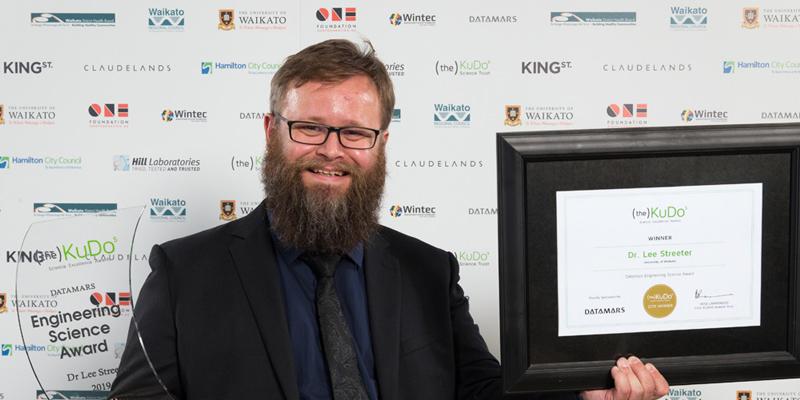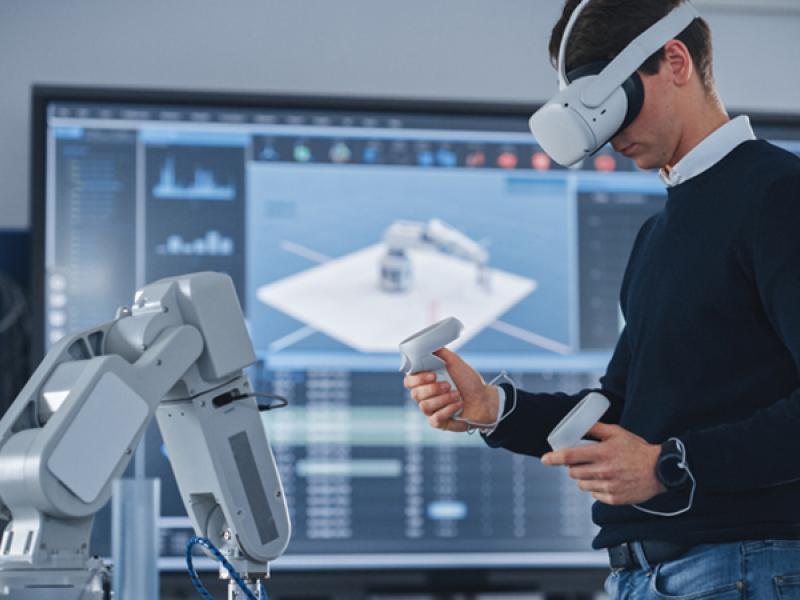DR LEE STREETER has solved a problem. But not just any problem – one that’s plagued other experts in his field for years. He has successfully accounted for movement in time-of-flight range imaging, which allows for physical measurements to be captured by timing how long it takes a light wave to travel to an object and back.
Time-of-flight cameras have been designed to measure the distance within static scenes but usually can’t interpret scenes with complicated motion. Dr Streeter’s world-leading mathematical modelling has fixed that, meaning motion can be captured more accurately and with little corruption. It’s a challenge many other researchers and time-of-flight specialists haven’t been able to solve, until now.
“I’ve actually been working on the problem of motion since 2010, researching how to approach it. Then when I got a Marsden grant in 2015, I have been working since then to find the best solutions. It’s like a Rubik’s Cube. When you find the solution it’s very easy to verify it’s correct, but there’s a lot of different ways to get there – you just have to find the right way.”
Now the University of Waikato lecturer has been recognised for his work at the annual Kudos Awards –New Zealand’s premier regional science excellence awards that recognises top scientists from Hamilton and the Waikato region. Dr Streeter was presented with the Datamars Engineering Science Award at the event, and says this kind of recognition is important because it’s about celebrating high-level research.
“What I’m really happy about is that this award is an excellence award – meaning it’s about doing really, really good research. More important than who wins is that there’s recognition for research activity at a high level.”
Dr Streeter’s work has sparked interest from diverse industries and fields, including robotics, herd monitoring and baggage handling at airports. He says big electronic companies like Apple, Microsoft and Sony are interested in time-of-flight technology, and use it for things like augmented reality, games, and image sensors. About ten people in the world are working on the same thing he is. He’s got one idea ready to patent, and he’s fairly confident these big players will want a piece of it.
But for now Dr Streeter is tying loose ends with his research findings, and relishing in the fact he’s solved an issue he started tackling almost ten years ago.
“There are only four to five major forms of error that need to be solved and this is the last big one.”






